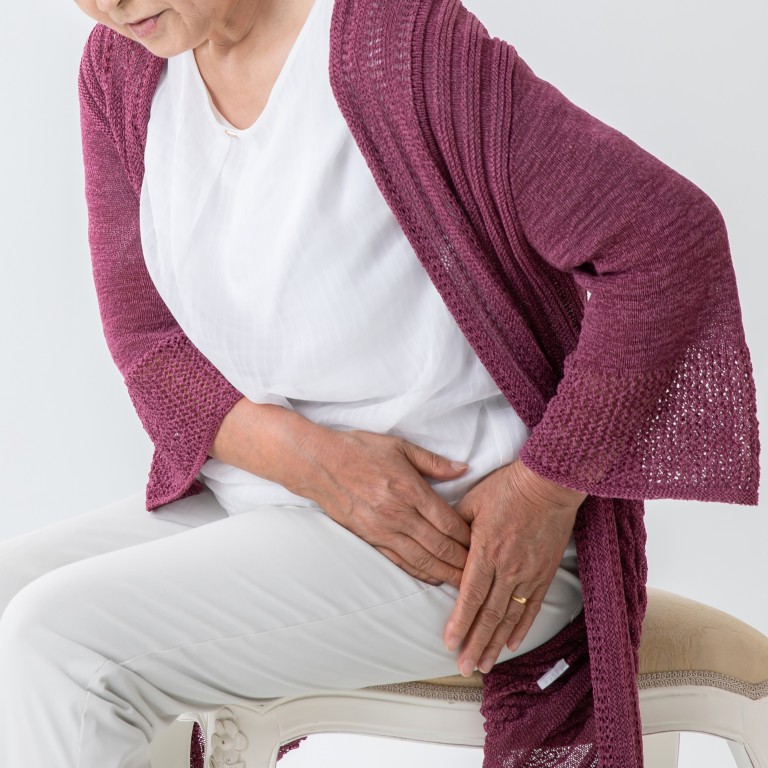
Explainer | Arthritis pain can be managed with lifestyle changes, including weight loss, walking and swimming, experts say
- World Arthritis Day helps remind the 500 million sufferers of the most common arthritis type – osteoarthritis – that they are not alone
- Instead of joint replacement, or while waiting for it, experts suggest losing excess weight, having physiotherapy, swimming and taking painkillers
Arthritis is not a single disease; there are over 100 types of related condition that refer to joint pain or joint disease, according to the American Arthritis Association.
Osteoarthritis – or, as it is sometimes called, degenerative joint disease or degenerative arthritis – is by far the most common, says chiropractor David Cosman at Hong Kong’s Cosman Health Group.
Over time, with wear and tear, joints can become overused or injured and rendered unstable, he says. Key components of joints are damaged, and this can be seen on X-rays or MRI scans.
Breakdown and loss of cartilage in a joint – the stripping away of its cushioning shock absorber – can result in pain from bone grinding on bone. Screening will reveal a reduced joint space.
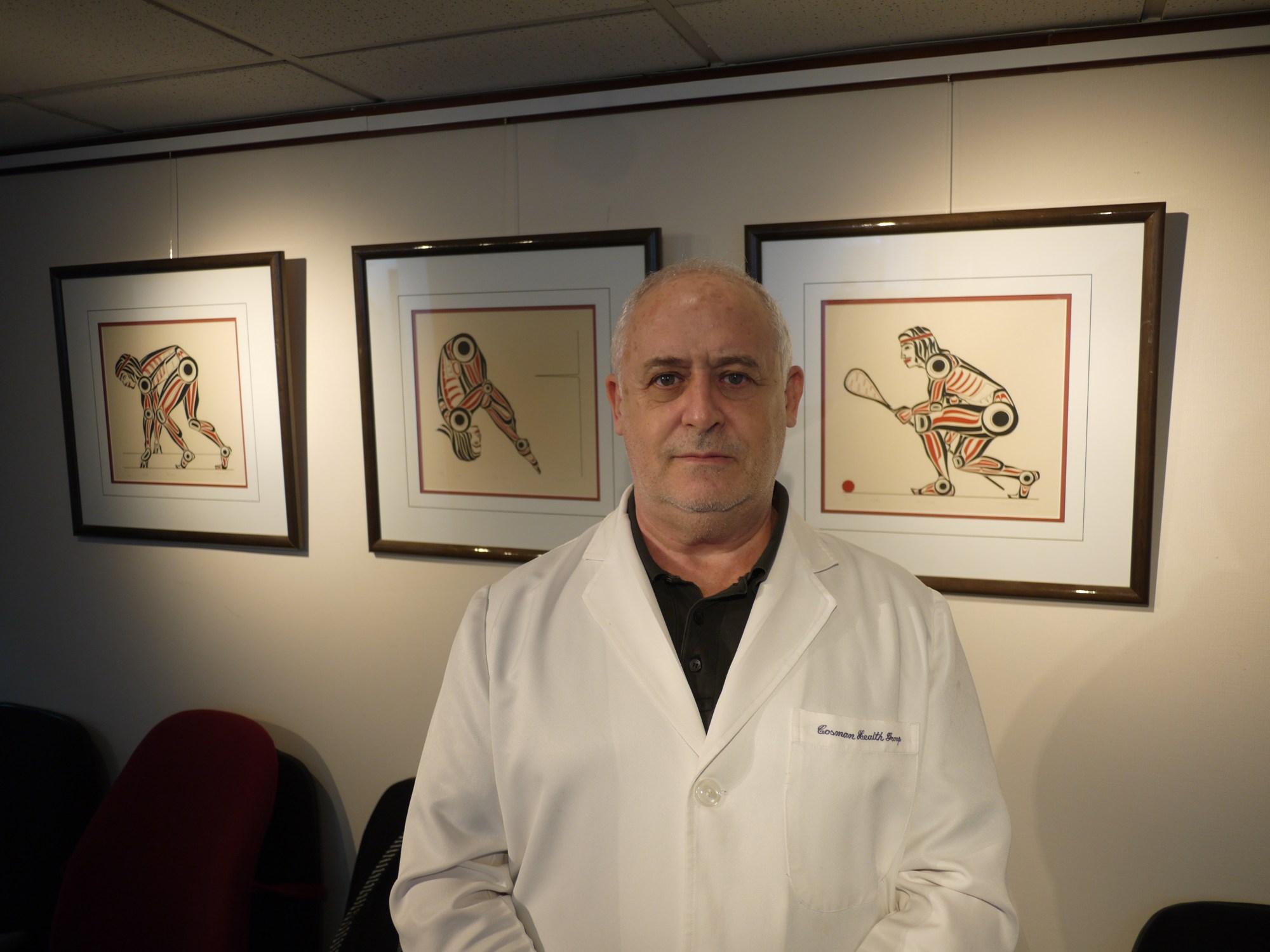
Where osteoarthritis is a disease of the elderly, rheumatoid arthritis can affect sufferers at any age and is a condition in which the immune system attacks joints, beginning with that important cartilage lining.
Whichever type of arthritis one has, it can be painful: 66 per cent of sufferers report a pain level of 5-plus on a 10-point scale, according to the US Arthritis Foundation, based in Atlanta, Georgia. “That’s moderately strong pain,” it says, “approaching distress.”
The knee is the joint most commonly affected by osteoarthritis and a primary cause of disability in the elderly. According to a study conducted by the orthopaedics and traumatology department at Hong Kong’s Queen Elizabeth Hospital, the incidence of knee arthritis in Chinese men is similar to that in white men, but is significantly higher among Chinese women than in white women.
Also, women’s joints are less stable than men’s, making them more vulnerable to injury which can lead to osteoarthritis.
It is probably not surprising that our knees and our hips take the biggest hits. As joints they bear the brunt of almost all of our movement: getting up and down, in and out of chairs, walking and running.
Studies suggest that for every kilogram you weigh, your knees feel the force of three kilograms of pressure with every step you take. Being too heavy exacerbates osteoarthritis because of the extra weight on joint mechanics.
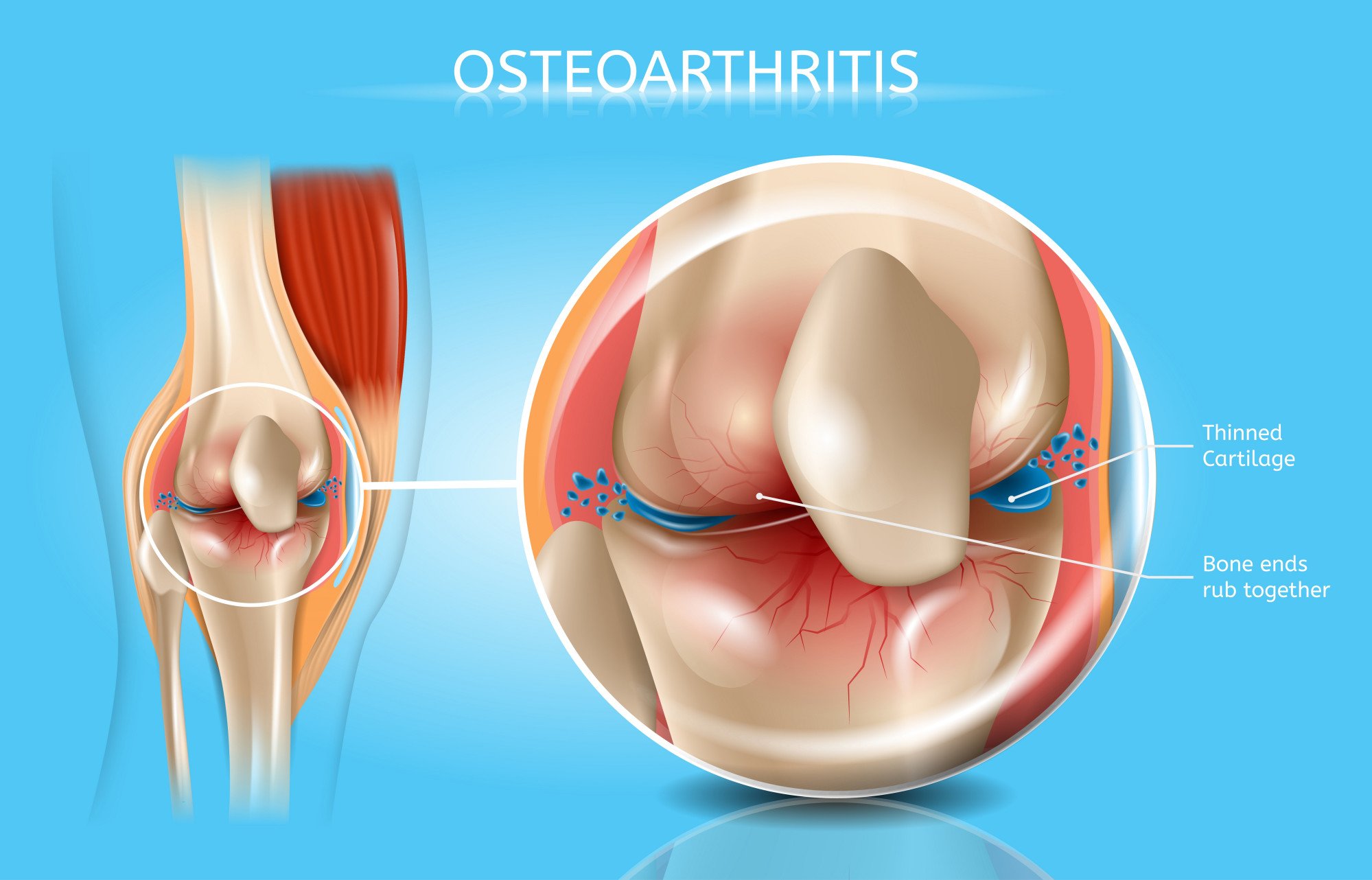
A recent study by the University of Sydney in Australia suggests the way we walk, and by extension the way we place body weight, could also predispose our knees and hips to arthritis – or protect them from it.
One particular walking style was found to double the risk of developing osteoarthritis in the knee.
This is tricky because walking – keeping up a pace – is valuable for the prevention and alleviation of osteoarthritis. If you’re walking wrong, or walking with too much weight, it becomes counterproductive.
A 2018 study concluded that shock-absorbing insoles might help prevent or delay osteoarthritis, by supplementing the thinning natural cushioning between joints – and that avoiding wearing high heels earlier in life might also be helpful.
Being aware of joint health is important – even in young people – because osteoarthritis begins as a silent, stealthy disease.
You won’t know your joints are under pressure, or be aware the protective cartilage between them is being worn down: it can take two decades to develop symptoms, and by then it’s too late.
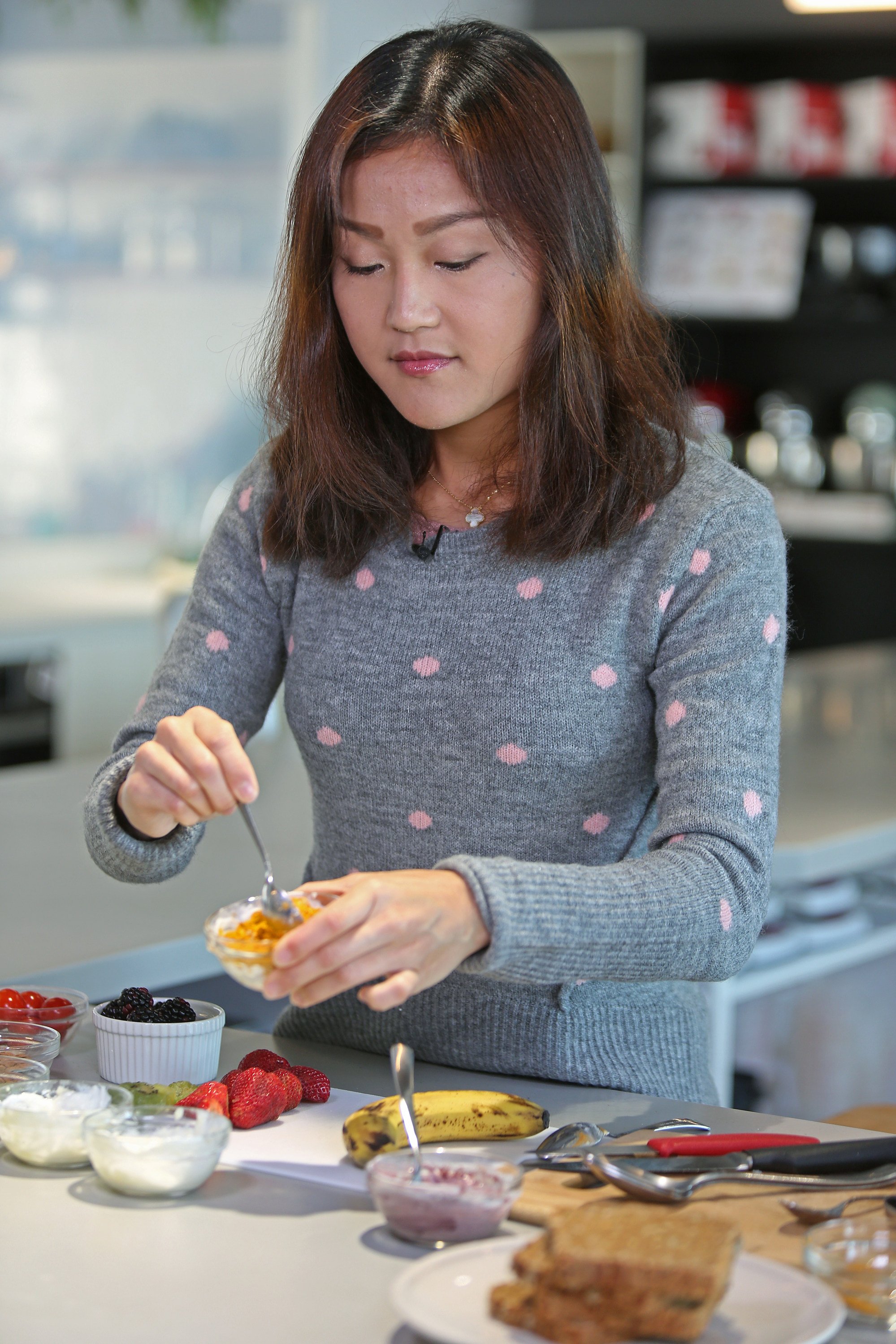
These include not only dairy, but also leafy greens – including collard, mustard, turnip, kale, bok choy and spinach – beans, nuts, and calcium-fortified foods such as orange juice.
Osteoarthritis is a painful, mobility-limiting condition without a cure, except for joint replacement. So once it has developed, how do you manage it?
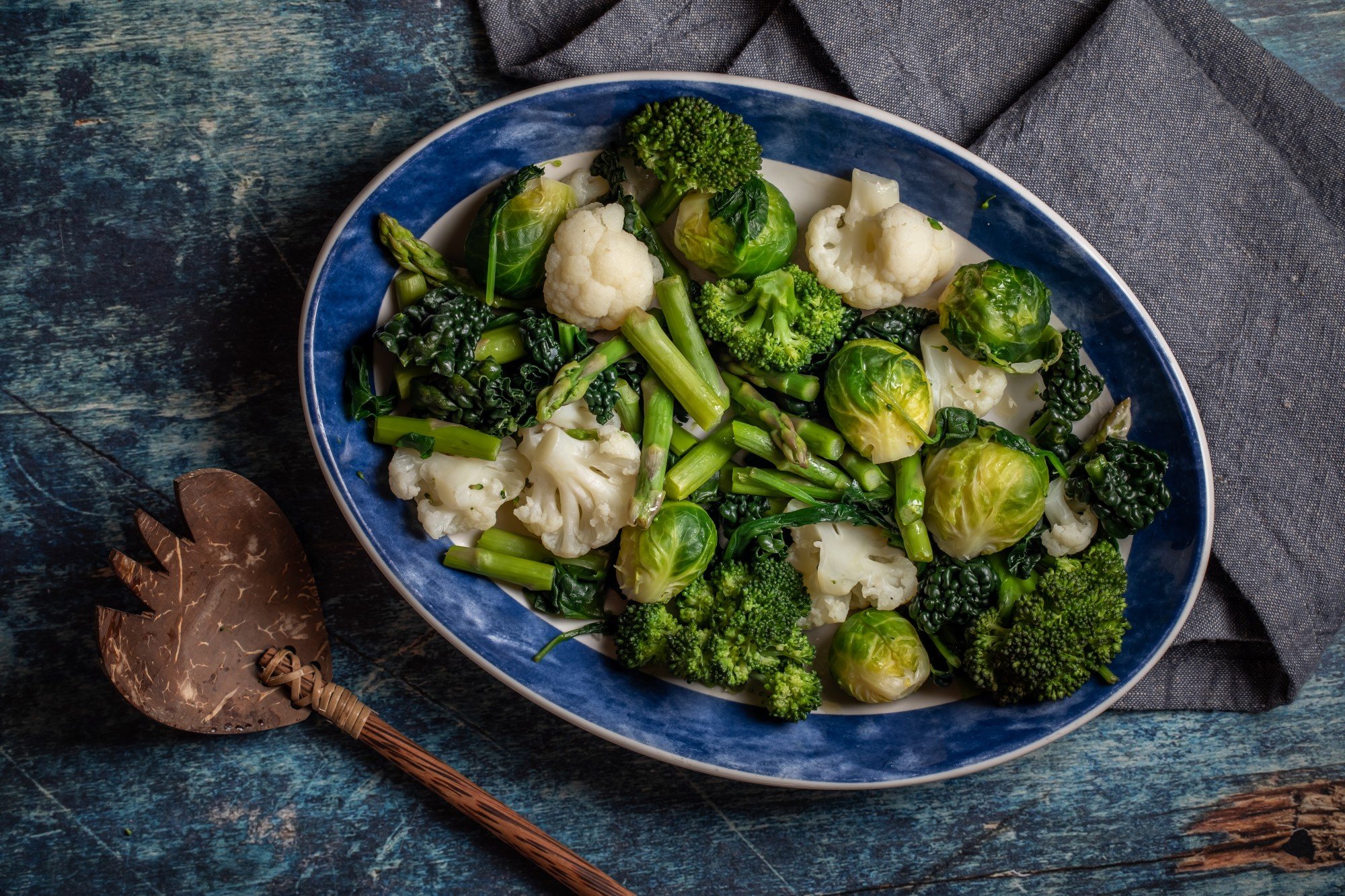
Losing excess weight can help. Having physiotherapy, taking analgesics and swimming – non-weight-bearing exercise – are also valuable.
Cosman says it’s easy to diagnose joint pain, especially in old age, as arthritis. But it’s not always the case; sometimes it has to do with muscles and the fascia that encases them.
This can be “like a rear left wheel alignment issue resulting in an abnormally worn front right tyre”, Cosman explains.
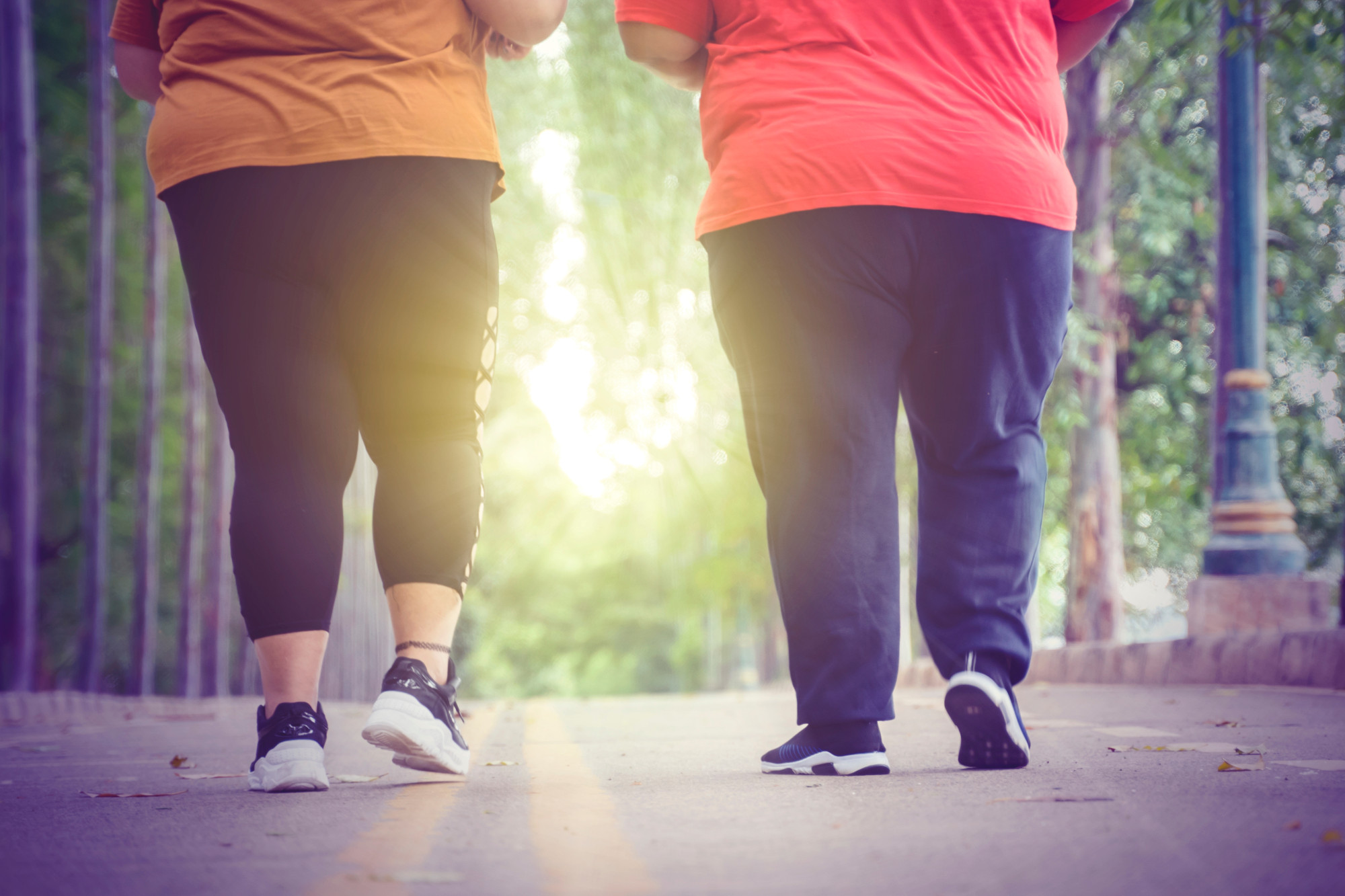
When fascia gets “sticky”, muscle and fascia are unable to slide over each other easily. The consequent catching and creaking and pain then might be misdiagnosed as arthritis, but could be resolved with treatment known as fascial manipulation.
As we are living longer, often moving less as we age while growing heavier, the prevalence of osteoarthritis is increasing. Research shows that in the 30 years between 1990 and 2019 the incidence of hip osteoarthritis alone increased by 115 per cent.
There is cause for optimism, though. The Arthritis Foundation says there are ongoing clinical trials of medicines to treat this disease.
The foundation manages a vast network and collaborates with other health charities – for example, it recently partnered with the American Orthopaedic Foot & Ankle Society to further research into osteoarthritis affecting ankles.
Awareness days are important, it says.
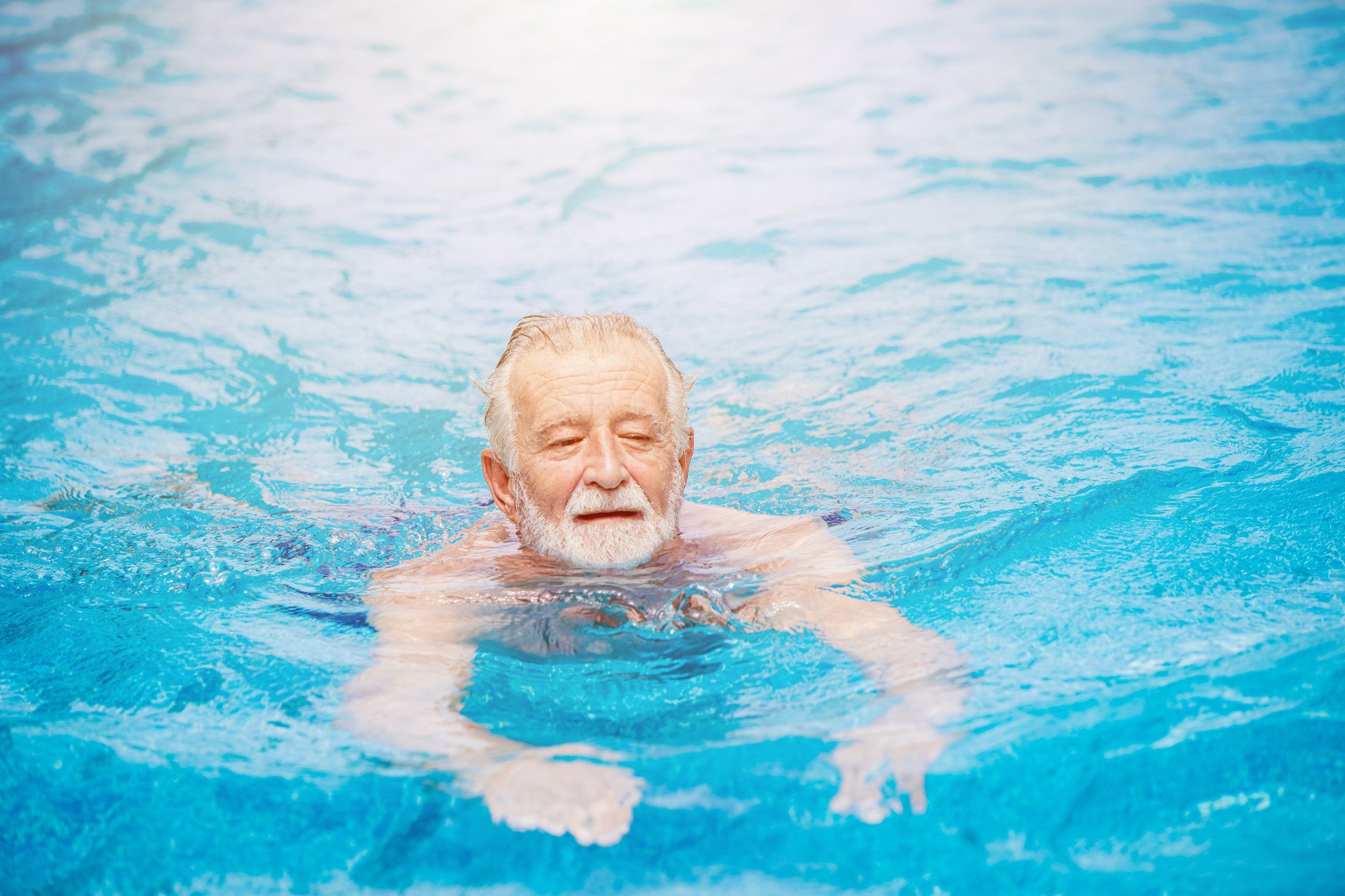
They’re not: more than 500 million people in the world live with osteoarthritis.

